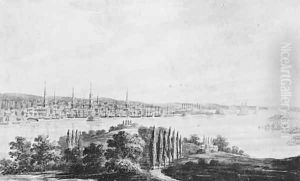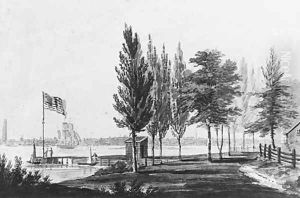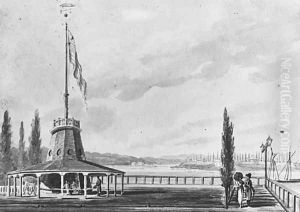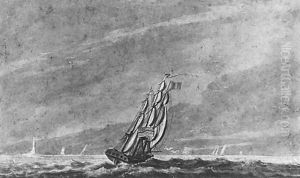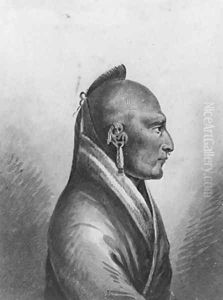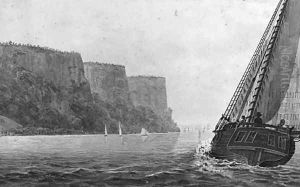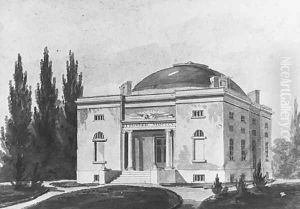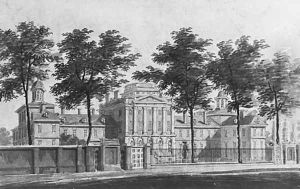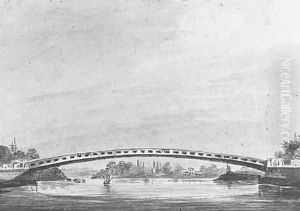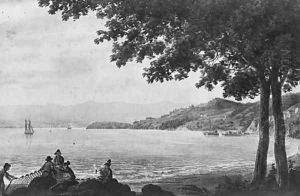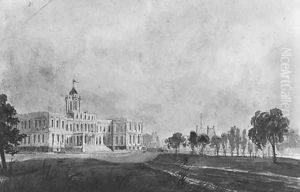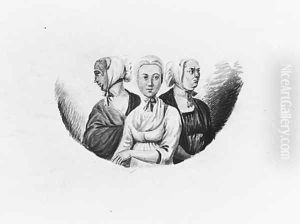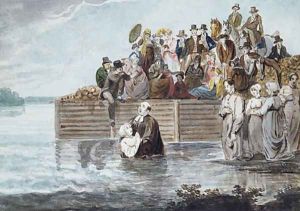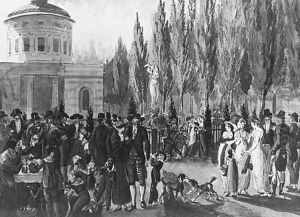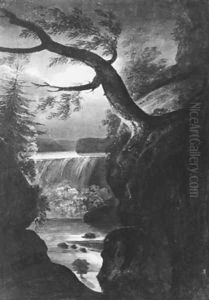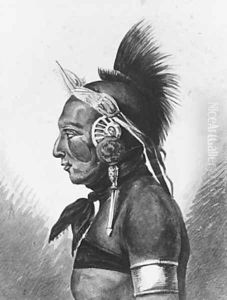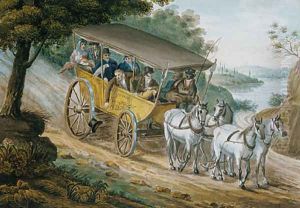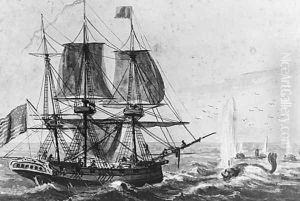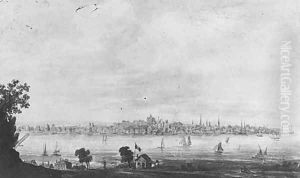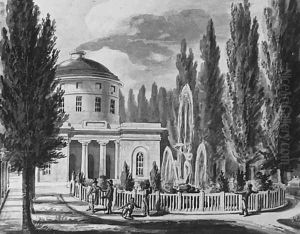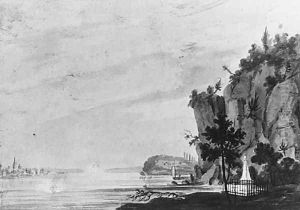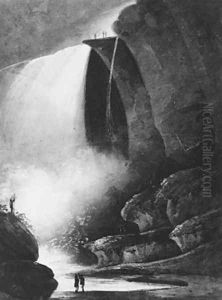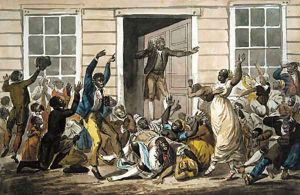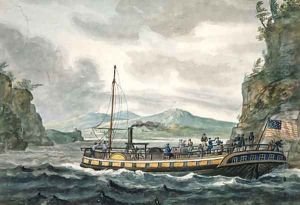Pavel Petrovich Svinin Paintings
Pavel Petrovich Svinin was a multifaceted Russian figure who made contributions as a painter, writer, and diplomat during the early 19th century. Born on July 27, 1787, in Moscow, Svinin is particularly noted for his watercolors that provide a valuable historical record of life in the United States, where he served as a diplomatic secretary at the Russian embassy from 1811 to 1813.
During his time in America, Svinin traveled extensively, recording his observations and encounters in a series of sketches and watercolors. These works are significant as they capture a vibrant and detailed picture of American society, landscape, and urban life during the post-Revolutionary War period. His collection titled 'Picturesque Views of North America' encapsulates his artistic prowess and ethnographic curiosity.
Upon returning to Russia, Svinin published a travelogue based on his American experiences, which became one of the earliest Russian accounts of the United States. His writings offer insights into the early 19th-century American culture from a foreign perspective and are valued for their historical importance.
Svinin's career as a diplomat and his artistic endeavors were intertwined with the cultural and political milieu of his time. He was associated with the Russian diplomatic missions not only in the United States but also in other parts of the world, which may have influenced his work.
Pavel Petrovich Svinin's death occurred on September 15, 1839, in Russia. Although not as well known as some of his contemporaries, Svinin's legacy as an artist and observer of early American life remains a fascinating aspect of cross-cultural exchange in the age of Romanticism and early travel literature. His artworks are preserved in various museum collections, offering a window into a bygone era as seen through the eyes of a Russian traveler and diplomat.
